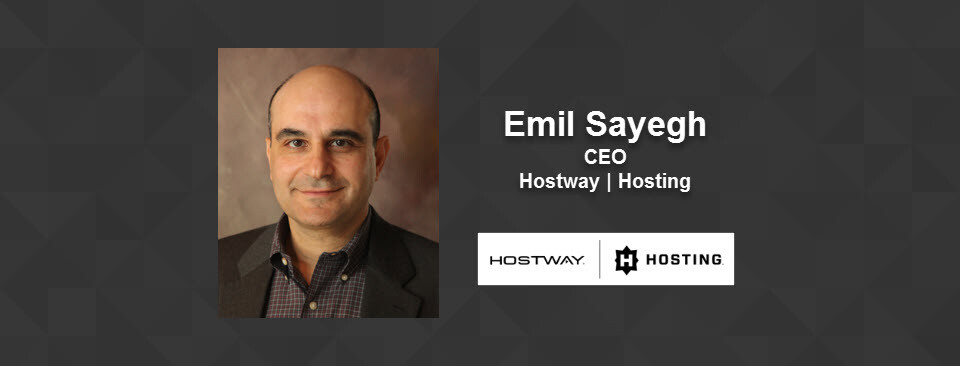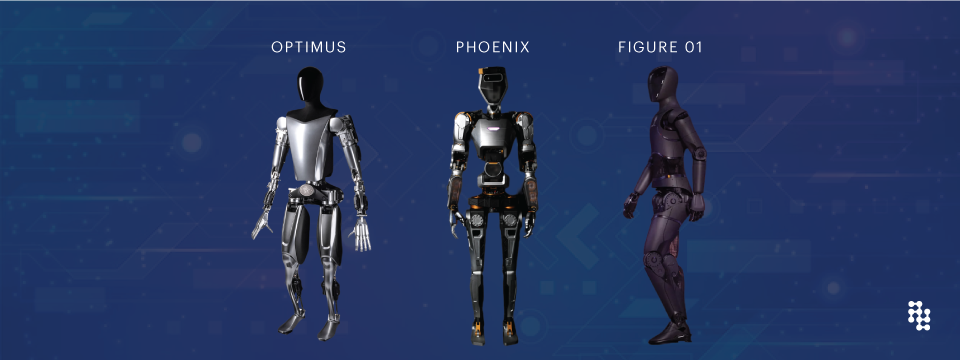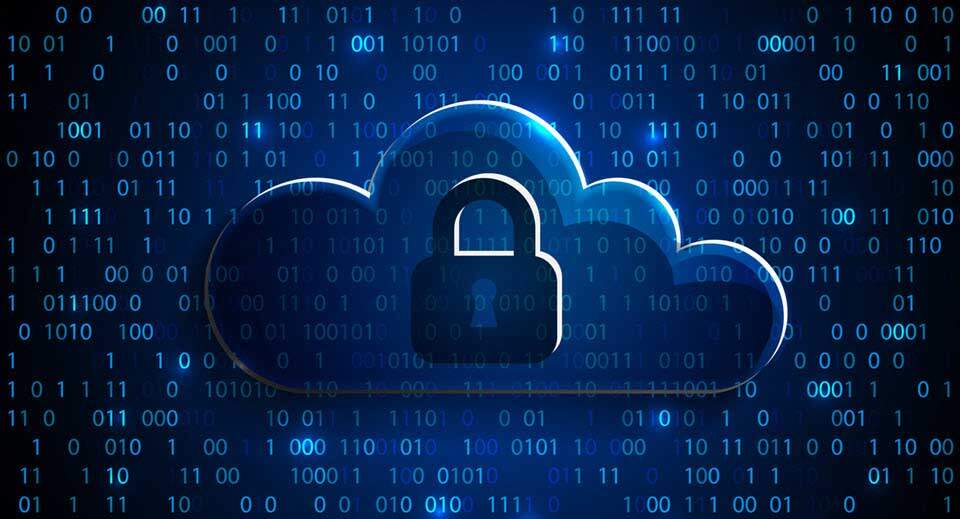By Emil Sayegh, CEO & President of Hostway
Gartner recently made a bold claim: The data center is dead. Along with this proclamation, Gartner predicts that 80% of enterprises will have shut down their traditional data center by 2025, compared to the 10% we see today.[1] Gartner also states that “hybrid cloud is the foundation of digital business” and further estimates that the hybrid cloud market will reach $209 billion in 2019, growing to $317 billion by 2022.
But what current trends and drivers are prompting Gartner’s claims and predictions? And, more importantly, does this mean you should jump ship from your data center to the hybrid cloud?
A Look at the Data Center Footprint
By diving into the current environment and statistical predictions for the future, we can shed some light on Gartner’s perspective. Although annual global IP traffic continues to rise and predictions go even higher (annual global IP traffic is estimated to reach 3.3 zettabytes by 2021), the number of traditional enterprise data centers globally has declined from 8.55 million in 2015 to 8.4 million in 2017 and continues to fall.
Even with data center numbers on the decline, the energy usage and costs associated globally can be shocking. U.S. data centers devour electricity using more than 90 billion kilowatt-hours of electricity a year, and in turn require roughly 34 giant coal-powered plants. Data centers account for approximately 3% of total global electricity usage in 2015, equating to nearly 40% more than the entire United Kingdom. With all these statistics, it comes as no surprise that in 2016 the Data Center Optimization Initiative (DCOI) told federal agencies to reduce the costs of physical data centers by 25% or more, leading 11,404 data centers to be taken offline by May of 2018. While this initiative is cutting costs associated with traditional data centers, the resource burden of these 11,700 federal data centers still must shift elsewhere.
New Tech, New Tools, New Demands on Data Centers
This shift from the traditional physical data center to newer options comes from more than just cost-cutting mandates—it is sparked and accelerated by the explosion of artificial intelligence, on-demand video streaming and IoT devices. These technologies are being rapidly adopted and require substantially more power and infrastructure flexibility. With 10 billion internet-devices currently in use and projections reaching 20 billion IoT devices in use by 2020, massive increases to data center infrastructure and electricity consumption are required to keep up.
With these mounting demands and the introduction of the Power Usage Effectiveness (PUE) metrics, traditional data centers are evolving through more efficient cooling systems and greener, smarter construction practices for better-regulated buildings, along with greater energy efficiency from storage hardware. Successfully rising to the challenge is achievable, as Google demonstrates by now maintaining an impressive PUE of 1.12 across all its data centers.
Hybrid is The Answer
Despite these advances, enterprises are still relying heavily on public, private and hybrid clouds over data centers, reinforcing Gartner’s position; however, cost and demand are driving shifts from traditional data centers to the hybrid cloud. While many enterprise organizations assumed a complete transition to the public cloud would solve their issues with legacy systems, this approach ultimately shifted IT pains rather than resolving them. Escalating and unpredictable costs persisted and grew in the public cloud, along with new security concerns.
Despite turning away from data centers and facing new issues in the public cloud, a better and more complete answer can be found in hybrid, custom and multi-cloud solutions – solutions blending the capabilities and benefits of public and private cloud technology with traditional data centers. This comprehensive approach meets the cost, security and compliance needs of enterprise organizations. With custom solutions providing better tools, better management methods and easier migrations, the future looks more hopeful with hybrid and multi-clouds being the “new normal” for business.[2] As AWS introduced its AWS Outposts product following Microsoft’s introduction of the hybrid Azure Stack, the IT landscape truly begins to transform into this new normal.
More than Surviving, Data Centers Evolve and Thrive
As they are streamlined and made stronger through hybrid and custom platforms, data centers are not in fact dead but instead evolved to be more efficient and support new solutions. Emerging approaches to storage, computing and physical space continue to make the data center a relevant component in today’s IT equation for enterprise businesses.
Through even more efficient approaches like hyperconvergence and hyperscale, hybrid and multi-cloud solutions can simplify migrations, reduce cost and improve agility. These innovative new techniques in data storage and computing are proving to save organizations—and government agencies—from costly expansions and lagging operations. Additionally, physical improvements like airflow management, liquid cooling, microgrids and more are breathing new life into legacy infrastructures.
Keeping Up with the Cutting Edge
As traditional data centers are evolving for a new IT era, the landscape has clearly become more complex than ever before. Keeping up requires the expertise of IT partners that have data center expertise, and that can also provide the necessary geodiversity, interconnection services, tools and experience from migration to management. Partnering also allows organizations to leverage experts that can rationalize public cloud workload placement and offer “as-a-service” offerings to alleviate some of the cost and resource pain points that organizations sometimes run into when trying to implement changes using their stretched internal IT staff. Building this network of partners to enable and integrate diverse platforms is just another component in the evolutionary change of the IT environment.
[1] http://www.equinix.com/resources/analyst-reports/gartner-emerging-digital-infrastructures
[2] https://hostway.com/blog/2019-cloud-predictions/







